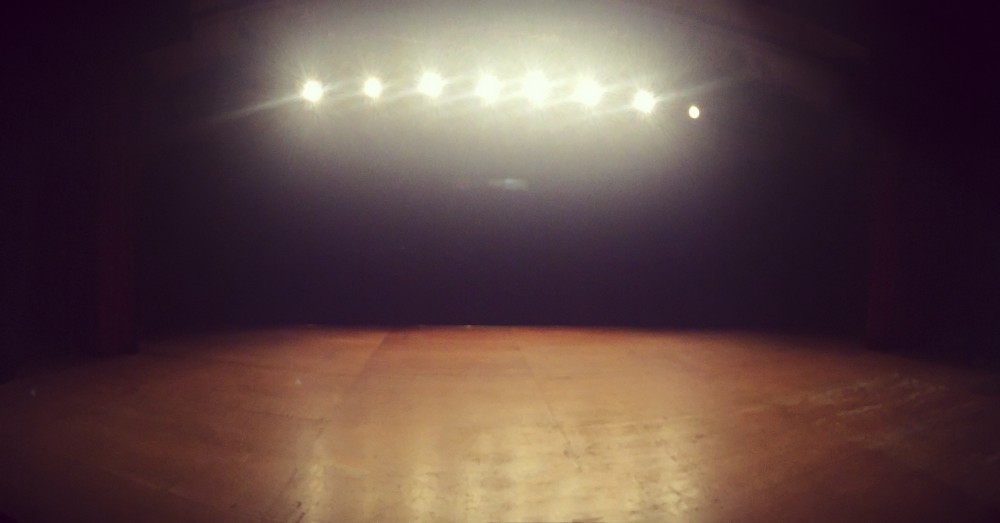What doing improv taught me about scarcity and choice
We went on with four performers instead of 10. It was invigorating.

Improvisational theater often begins with a group of players, a couple of chairs, and a word from the audience. That’s it. It never seems like enough, yet improv always happens.
I once took an improv class that had about ten members. Our time together culminated in a showcase with other improv classes. As the day of the showcase drew near, members of our class started announcing conflicts with the date. By the end, there were four of us. Four newbie improvisers, instead of ten.
I sent my teacher a panicked note: How could we do this with so few people? She replied reassuringly but firmly: “It’ll be fine.” She spoke with the confidence of someone who knew from experience that fears over not having enough are common—and can often be the fuel for something fantastic.





